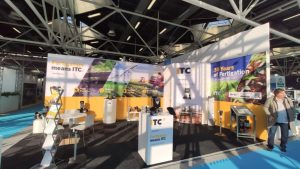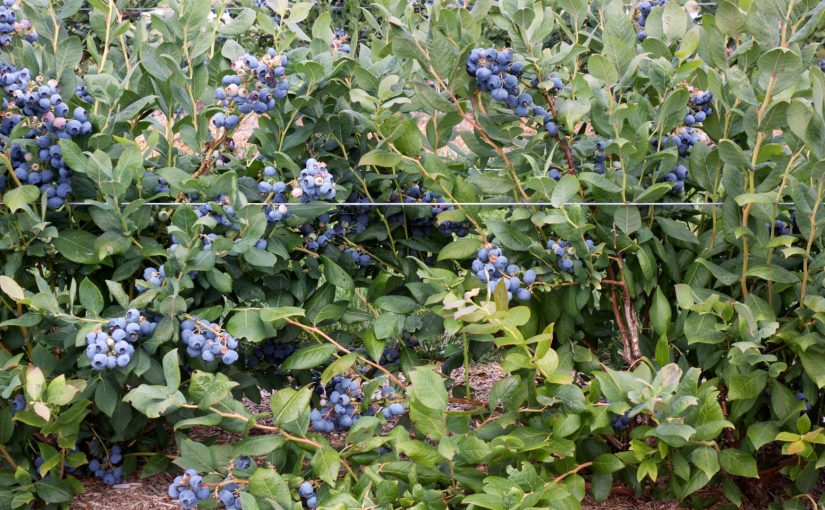Golf courses require meticulous management to maintain a continuous and homogeneous turf, exclusively from the Poaceae family. The most common species include Festuca, Lolium, Poa, Stenotaphrum, Agrostis, and Cynodon, which must withstand frequent mowing and mechanical wear from the constant traffic of people and vehicles.
Continuous cultivation and challenges
The turf on golf courses is maintained throughout its vegetative cycle, making it difficult to access the root zone for fertilization, aeration, and phytosanitary treatments. Mowing, although necessary, continuously removes leaf surface, water, carbohydrate reserves, and nutrients, weakening the roots and stimulating the development of stolons and rhizomes. Additionally, the lack of break periods favors the development of parasites and diseases, which must be continuously treated, restricted to registered phytosanitary products for ornamental green areas.
Ornamental performance
Unlike other crops, the performance of a golf course is measured in ornamental terms, considering homogeneity, density, color, texture, and smoothness. These factors depend on the growth capacity, health status, and use of the turf. The requirements vary according to the location on the course (greens, fringes, roughs, fairways, or tees), the geographical situation, and the expectations of members and customers.
Irrigation in golf courses
The water needs of ornamental turf are determined by meteorological conditions and the plant’s transpiration capacity. The Potential Evapotranspiration (PET) is a key indicator, and its calculation is done through various formulas or computerized systems. The crop coefficient Kc, which varies between 0.6 and 0.8 depending on the species and climate, is multiplied by the PET to obtain the actual Evapotranspiration.
Deficit and survival irrigation
Deficit irrigation, applied at 70%-85% of optimal irrigation, can be a strategy to economize water, slowing turf growth without causing stress. Survival irrigation, on the other hand, is used in extreme water shortage conditions, providing only 20%-40% of the necessary PET to avoid compromising the turf’s future recovery.
Distribution systems
Irrigation systems in golf courses must be highly homogeneous, especially in sandy soils with high infiltration rates and low water retention. Scheduling must consider soil storage capacity, the need for salt leaching, and the prevention of salinity issues.
Criteria for designing an irrigation system
To design an effective irrigation system, water needs must be considered based on PET, soil storage capacity, natural losses and contributions (such as rain), and appropriate irrigation scheduling to maintain optimal ornamental performance without interfering with sports activities.
Salinity management is crucial. Irrigation must exceed field capacity to prevent salt accumulation and maintain a proper balance. Water quality is critical, and the amount of leaching water varies according to the water’s salinity and the tolerance of the cultivated species.




